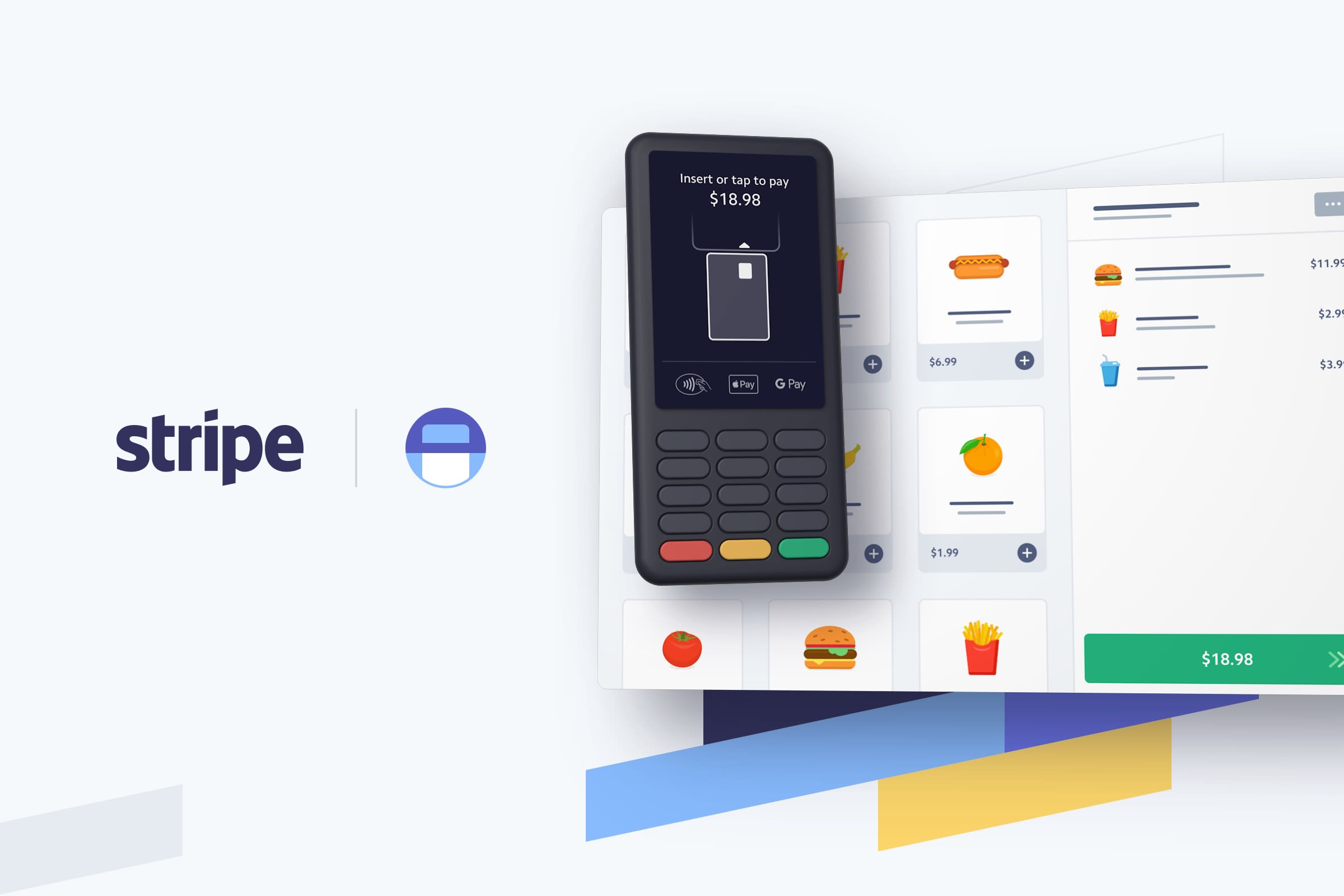Flagship Advisory Partners’ Executive Interview Series provides readers with exclusive insights from thought leaders in the payments and fintech industry.
This edition highlights Stripe’s evolution at the point-of-sale. Flagship Advisory Partners met with Roshan Sadanani, Product Manager at Stripe to learn more about Stripe’s perspectives on Stripe’s journey to supporting universal commerce.
Roshan’s role at Stripe includes overseeing Stripe Terminal’s integration experience, as well as the Stripe Dashboard tool, Terminal logistics, and distribution.

Image: Roshan Sadanani, Stripe
1. Roshan, can you first please describe your background and role at Stripe?
I’m a product manager and one of the founding members of the Stripe Terminal team. Terminal delivers a unified commerce experience for businesses that want to deliver both in-person and online payments to customers.
2. Can you tell us about Stripe’s journey at the point-of-sale for in-person payments?
We launched Terminal around five years ago to help businesses on Stripe accept in-person payments as they grow, open brick-and-mortar storefronts, and add flexibility to their checkout experience.
Our users have told us that online and in-person payments are best managed on a platform that can serve as a one-stop shop for all their financial data. Terminal collects and centralizes revenue data to Stripe so businesses can easily manage it in one place. Just like the simplicity of Stripe APIs, Terminal makes the whole process smooth.
Terminal’s product strategy was built on our commitment to prioritizing developers. Early on we said, “We need to start with helpful SDKs, APIs, and developer interfaces to empower customized point-of-sale experiences.” Today, that approach continues to be well-received and a big reason why many software platforms have adopted Terminal and integrated it into their own products.
3. How does the acquisition of BBPOS fit into Stripe’s evolution @ POS?
Payments hardware is fundamentally complex and requires the same level of abstraction Stripe offers to online payments in order to work well for users. In creating a great in-person payments product, there’s much more to consider: EMV standards, certifications, point-to-point encryption, and more.
Before the acquisition of BBPOS in January 2022, the company was already a key partner to Stripe. Now that they’re part of Stripe, we’re able to integrate BBPOS hardware and Stripe even more cohesively.
Generally, we’re seeing more innovation in a sector that is really benefiting from hardware-free acceptance, such as Tap to Pay on iPhone, which was announced last year and more recently, Tap to Pay on Android. It’s likely that some businesses will never fully give up payment hardware, but we’re excited about helping more users offer payment convenience if they want more options.
4. How does Stripe think about the dichotomy between legacy requirements (existing devices, traditional protocols, etc.) and modern technology when designing products and services for @POS?
A lot of merchants want to transition to new technology for several reasons—operational efficiencies, easier updates, and better branding, to name a few.
Stripe is first and foremost a financial infrastructure platform for businesses, and we're enabling merchants that want to transform their revenue operations with really powerful tools.
5. What is unique about providing POS solutions for SaaS platforms?
Platforms on Stripe comprise many of our users. For example, Mindbody is building a vertical-specific platform, but layering payments across online commerce and in-person POS hardware. Stripe is a platform for platforms, and we’re helping them build upon their existing technology stack and create custom payment experiences.
6. How did Stripe evolve to deal with the physical and logistical requirements of payments hardware?
We evolved by addressing a few of the table stakes like warehousing, shipping, and chain-of-custody tracking for point-to-point encryption. But we also saw an opportunity for software to play a larger role in hardware innovation.
For example, warehouse devices are in every region where we support Stripe Terminal and our APIs enable users to dropship hardware anywhere to their supported customers. Jobber is a great example. If a contractor on Jobber wants a Terminal reader, they order it on Jobber’s web portal. Jobber uses Terminal API’s to provision and ship the device.
Terminal also helps users remotely deploy and update software in the field, provision encryption keys, and provision configurations. Stripe pushes software updates to all Terminal readers in the field monthly and often more frequently. For example, when the U.K. increased its contactless payments limit during the early stages of the pandemic (source), we pushed this update to all of our U.K. devices overnight.
Terminal users can also customize typing behavior and splash screens that are displayed in idle state remotely. Someone doesn’t have to physically touch a device every time a change is needed.
7. What does omnichannel mean to Stripe?
‘Omnichannel’ has turned into a bit of a buzzword. ‘Unified commerce’ is a more accurate term for Stripe for a few reasons.
Large retailers looking to survive into the next decade will have to unite the customer experience across multiple channels. Unified commerce is a better description of revenue collection and consolidated reporting, which are two areas of revenue management that go beyond accepting in-person payments. At Stripe, we’re removing complexity by providing a single, simple, and global integration. Our approach enables improved data insights, personalized checkout experiences, and streamlined reporting for businesses that are building in-person and online commerce platforms.
8. Finally, how do you think Tap to Pay on iPhone will fit in the grand scheme of point-of-sale payments over the next couple of years?
Stripe was a launch partner for Tap to Pay on iPhone, and it’s been a big step in offering hardware-free payments in live environments. Our companies are aligned incredibly well because we both care deeply about the user experience. With Tap to Pay on iPhone, platforms like Thumbtack or Housecall Pro can easily provision payments for any of their merchants with an iPhone.
In parallel, I'm betting that the increased adoption of contactless payment methods will only accelerate in the US. It's different across markets globally, but as that number ticks up, hardware-free payments will be an even more interesting option, even for traditional retailers.
Please do not hesitate to contact Joel Van Arsdale at Joel@FlagshipAP.com, Scott DeHaven at Scott@FlagshipAP.com, or Peter Taylor at Peter@FlagshipAP.com with comments or questions.




